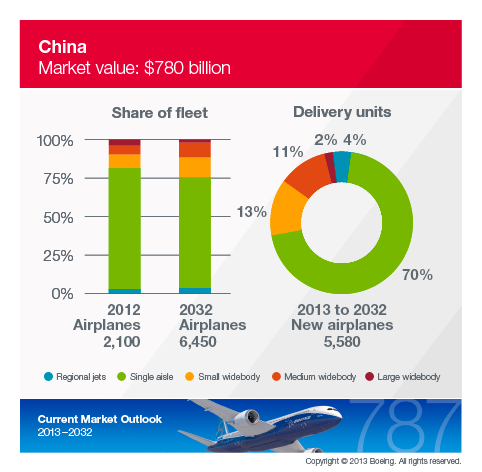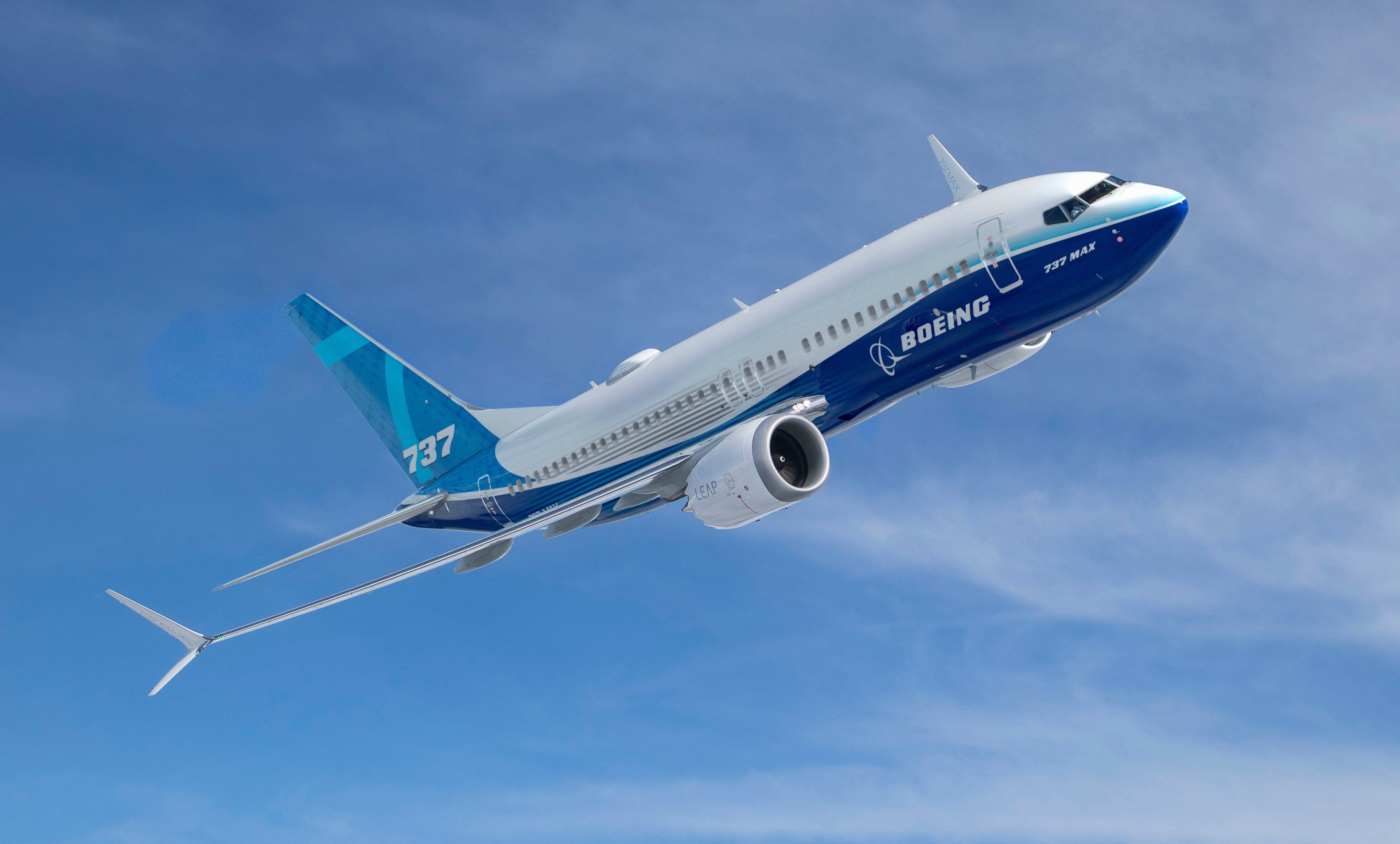Entire continents have struggled to shake off lingering effects from the global recession, and China's growth has slowed substantially. However, consider that China's "slow" gross domestic product growth is still predicted to increase 6.4% annually over the next two decades – that would nearly double its percentage of the world's GDP from 8.5% to 16% in 2032. Savvy investors should keep an eye on two companies poised to profit from China's future growth: Boeing (BA +0.60%) and Ford (F +0.30%).

Ford's Focus is one of Ford's best-selling models in China. Photo Credit: Ford.
Ford has come a long way since the depths of the recession that forced competitors General Motors (GM +0.16%) and Chrysler into bankruptcy. Seasonally Adjusted Annual Rates, or SAAR, of vehicle sales continue to increase, but western economies are much more saturated than China – offering enormous growth potential for automakers positioned well for the Chinese market.
Consider that some analysts expect China's vehicle sales to rise from 19 million last year, to as much as 30 million by the end of the decade. That growth of 11 million vehicles is almost equal to the number of all automobiles sold in Europe last year.
Ford was late to the game in China and is far behind rival GM's market share in the region . Ford's market share as of the second quarter was 4.3%. That's a healthy 1.5% gain from the same time last year, and on pace to its goal of 6% by 2015. To accomplish this goal and continue its expansion in the region Ford plans to launch 15 new models by 2015.
The folks at the Blue Oval expect the Asia-Pacific-Africa region, which is dominated by China numbers, to represent 40% of the company's revenue by the end of the decade. That's a huge increase from representing slightly more than 8% of revenues this year. Ford also predicts that Asia-Pacific-Africa will account for almost half of the global industry growth by 2020, and more than 60% of the company's future growth.
Consider that Ford's year-to-date sales in China are up 50% from the same time last year, while the Asia-Pacific-Africa region just posted its best-ever quarterly result with a pretax profit of $177 million. For now, that pales in comparison to the profits generated in the U.S., but that number will likely balloon in coming years as the region turns from a growth story into a profitable story for Ford and investors.
While Ford will take some of China's growth on the ground, Boeing will take its share in the air.

Boeing's 787 Dreamliner unveiling. Photo Credit: Boeing.
Last year saw a 10.6% increased traffic flow to, from, and within China. Airports in the region continue to surge up the global ranks for total enplanements and deplanements; that includes Beijing at No. 2, Hong Kong at 10, Guangzhou at 19, and Shanghai at 20.
"Tourism in China and intra-Asia travel will help spur demand," said Randy Tinseth, vice president of marketing at Boeing Commercial Airplanes, according to Reuters. "We expect international markets to grow faster than domestic markets and we anticipate the Chinese airlines to grow market share over time."
Boeing predicts that Chinese airlines over the next two decades will need nearly 6,000 new airplanes worth $780 billion – tripling the nation's current fleet. For perspective on that growth, consider Boeing's entire revenue this year is expected to range between $83 billion and $86 billion.
Similar to other parts of the world, single-aisle airplanes such as Boeing's 737-800 and newer 737-MAX 8, will represent the largest segment of growth.

Graphic credit: Boeing. Information in Boeing's 20 year forecast presentation.
As this growth in China develops, potential investors must keep an eye on Boeing's rival Airbus. Airbus was the first to market with its new single-aisle aircraft, the A320neo, and its first-mover position allowed it to take 60% of early orders, according to Morningstar. Boeing's 737-MAX 8 will have the lowest operating costs in the single-aisle segment, so it has a competitive edge but will need to win back market share.








